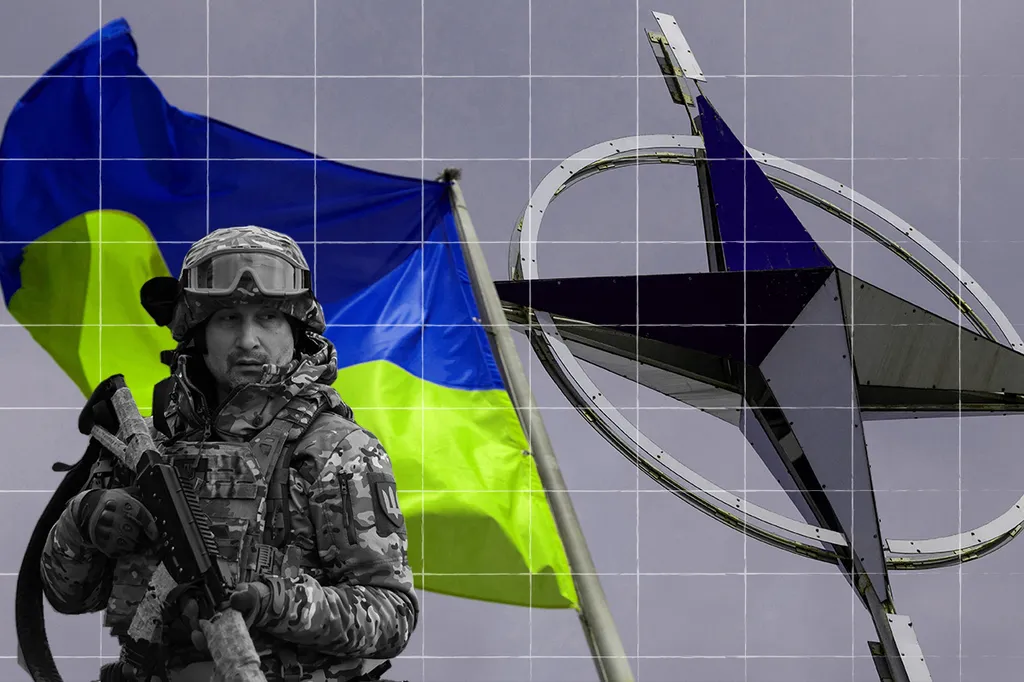Ukraine’s ambassador to Australia, Vasyl Myroshnychenko, has issued a stark warning to Australian defence companies and the Australian Defence Force (ADF): the battlefield is evolving faster than ever, and the data Ukraine has accumulated in its war with Russia could be a game-changer for Australia’s defence capabilities.
Speaking at the Indo-Pac 2025 International Maritime Exposition, Myroshnychenko highlighted the rapid obsolescence of military technology in modern warfare. “Some of the things which were working three years ago no longer work,” he said. “You don’t know it yet because you haven’t yet tested it. You still have it in your warehouse. It is obsolete. It no longer works because Russia has come up with countermeasures.”
This warning comes as Ukraine has faced relentless Russian advances, including sophisticated electronic warfare and drone attacks. Myroshnychenko pointed out that even Australia’s Bushmaster armoured vehicles, known for their protection against mine explosions, are vulnerable to drone strikes. The recent breach of Poland’s airspace by Russian drones—where 20 out of 90 drones evaded interception—underscores the urgency of this threat.
“Poland, among the best-armed nations in Europe, failed to stop the 20,” Myroshnychenko said. “Which gives you an idea of how unprepared you may be because you never dealt with that.”
For Australia, the stakes are high. If the ADF were to deploy in support of South Korea against a potential North Korean invasion, it would face the same advanced threats that Ukraine has encountered. “They will encounter the best that is coming from Russia,” Myroshnychenko said. “The question is: are you ready for that?”
Ukraine’s battlefield experience offers a unique opportunity for Australia to adapt. Myroshnychenko emphasised that Ukraine has amassed millions of hours of battlefield data, which could be processed using artificial intelligence for tactical operations and defence industry needs. “We are not a liability. We are an asset which you should use by still supporting Ukraine,” he said. “That value was not visible three years ago. Now it is pretty clear, and we offer that to Australian companies, to the Australian government.”
The ambassador also highlighted Ukraine’s rapid innovation in drone technology, driven by necessity. “In Australia, it takes a company 12 months to gain access to a military firing range,” he said. “How can you innovate in that environment?”
Myroshnychenko’s message is clear: Ukraine’s battlefield data is not just a historical record—it’s a strategic asset. By leveraging this information, Australia can accelerate its defence adaptation, ensuring its military remains prepared for the evolving threats of modern warfare. The question now is whether Australia will seize this opportunity to strengthen its defence capabilities before it’s too late.

